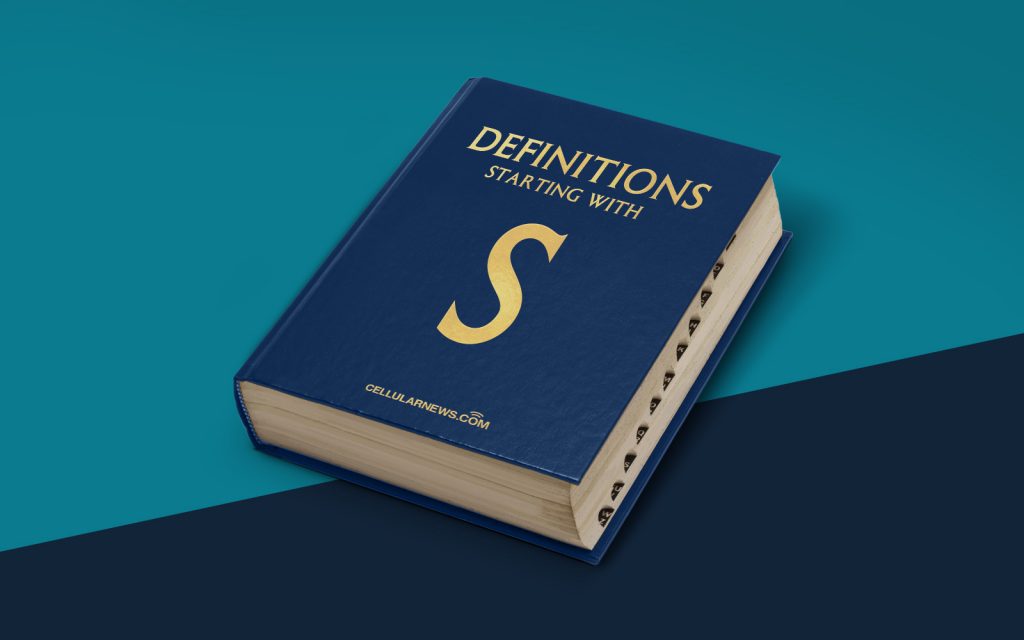
What is the Security Descriptor Definition Language (SDDL)?
Welcome to the “Definitions” category on our page! Today, we will dive into the world of cybersecurity and discuss the Security Descriptor Definition Language (SDDL). If you’re curious about this cryptic term and want to understand how it relates to security, you’ve come to the right place!
SDDL is an acronym for Security Descriptor Definition Language. In simple terms, it is a formal language used to describe the security settings and permissions associated with various objects in the Windows operating system. These objects can include files, directories, registry keys, services, and more. SDDL provides a structured and standardized way of defining and managing security settings, offering flexibility and control to system administrators.
Key Takeaways:
- SDDL is a language used to describe security settings and permissions in the Windows operating system.
- It is used to define the access control lists (ACLs) that determine who can access or modify a particular object.
Now, let’s take a closer look at why SDDL is important and how it functions within the Windows security framework:
Understanding the Purpose and Function of SDDL
Every object in the Windows operating system has a security descriptor associated with it. This security descriptor contains important information about the object’s security settings, such as the owner, group, permissions, and auditing options. SDDL acts as a language that allows administrators to define these security settings in a human-readable format.
Here are a few key points to help you better understand the purpose and function of SDDL:
- ACLs: Access Control Lists (ACLs) specify the permissions granted to different users or groups for a particular object. SDDL is used to define these ACLs, enabling administrators to control access to files, folders, and other resources.
- Flexibility: SDDL provides a flexible way of expressing complex security settings and permissions. Administrators can specify permissions for specific user accounts or groups, including read, write, execute, and more.
- Understanding Security Settings: By using SDDL, system administrators can easily understand and modify the security settings of different objects. The language itself follows a defined syntax, consisting of strings of characters that represent specific security descriptors and access rights.
- Automation: SDDL plays a crucial role in automating security-related tasks. Administrators can use scripts or tools to manipulate security descriptors, making it easier to manage permissions across multiple objects.
- Interoperability: SDDL is not limited to just Windows operating systems. It’s a language that can be used to define security descriptors on other platforms as well, allowing for greater interoperability and consistency in security management.
Conclusion
As we conclude our discussion on the Security Descriptor Definition Language (SDDL), we hope you now have a better understanding of its purpose and function within the Windows security framework. SDDL empowers system administrators to manage security settings and permissions effectively, ensuring the protection of sensitive files and resources.
Remember, SDDL is just one aspect of the complex world of cybersecurity. By learning about different concepts and terms related to security, you can better navigate the ever-evolving landscape of digital protection.
